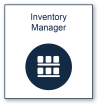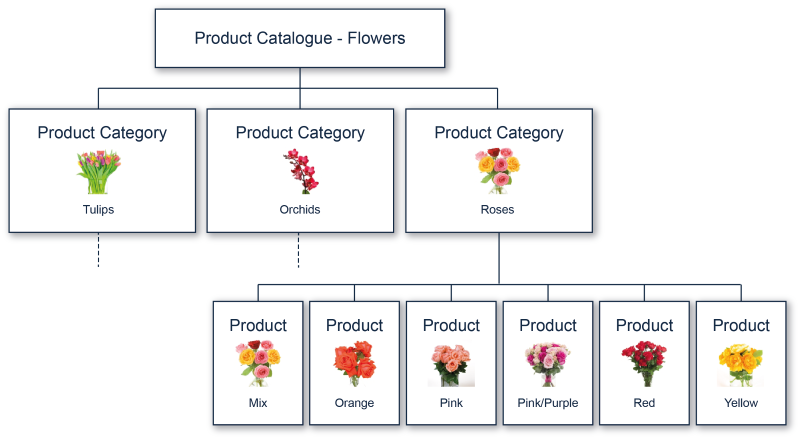
Inventory Manager Overview
The collection of items that a merchant sells is known as their inventory. An inventory is typically made up of what are referred to as products.
Local or ERP Storage of Product Data
It is important to understand that inventory data can be stored either:
- locally on the merchant's device
- or centrally in the merchant's back-end ERP system
This makes sense because some merchants may have thousands of products and these of course need to be centrally maintained. The distinction is crucial because some of functionality of Inventory Manager is designed to handle locally stored data, while others are for ERP storage.
Local Storage Methods
The following chapters describe how to handle locally stored product-related data:
- Maintain Product Catalogues
- Maintain Product Categories
- Maintain Products
- Product Changes
- Product Images Changes
ERP Storage Methods
The following chapters describe how to handle product-related data that is stored in an ERP system:
Note
Stock is just another way to say quantity or number. "Do you have that in stock?" is a common phrase by a customer asking a merchant if they have a certain product available.
Products, Categories and Catalogues
The first three chapters in this section describe how to set up products, categories and catalogues so it is import to understand the hierarchy of these entities, as illustrated below using an example of a flower shop:

In this example, the product catalogue has three categories and six products in a single catalogue. The categories include (from left to right):
- Tulips
- Orchids
- Roses
Within the roses category, there are six products available:
- Mix (colors)
- Orange
- Pink
- Pink/Purple
- Red
- Yellow
The Inventory Manager provides methods that enable Create, Retrieve, Update and Delete (CRUD) functionality for:
- product catalogues
- product categories
- products